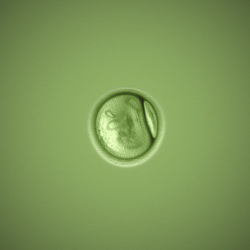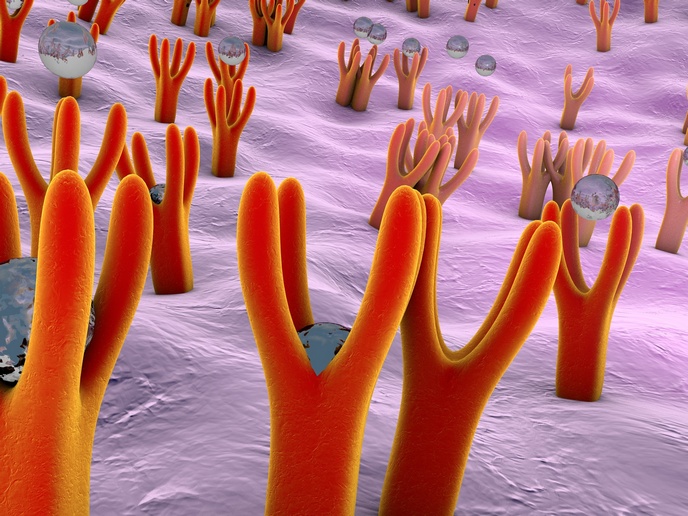Embryonic stem cells make their mark
The 'Live imaging of nuclear dynamics in embryonic stem cell differentiation' (Livenucesc) project is using live cell imaging techniques and advanced microscopy to investigate the transcriptional processes and chromatin dynamics in living differentiating embryonic stem (ES) cells. The EU-funded work aims to shed light on the changes taking place in chromatin structure and function during early ES cell differentiation events. Chromatin is the combination of DNA and proteins that constitute the contents of the nucleus and condense to form chromosomes. The interplay of chromatin with both transcriptional activators and repressors is being studied with photobleaching methods and enhanced with biochemical approaches. Project partners have described the molecular mechanisms underlying chromatin-protein interactions in living cells, and analysed chromatin plasticity in ES cells that were depleted for different nuclear factors. Study results showed that chromatin-remodelling proteins are one of the most strongly expressed groups of genes in ES cells. Study experiments were able to outline the mechanisms regulating chromatin plasticity in ES cells, with results indicating that the epigenetic state of the genome modulates the differentiation potential of ES cells. The successful creation of specific cell lines achieved in work on another project aim will allow direct visualisation of cellular processes in living cells. As work continues, Livenucesc researchers are looking to discover proteins common to both fibroblasts and ES cells so as to compare the two with regard to random gene expression. The libraries of clones being generated will be available for use to researchers worldwide.







